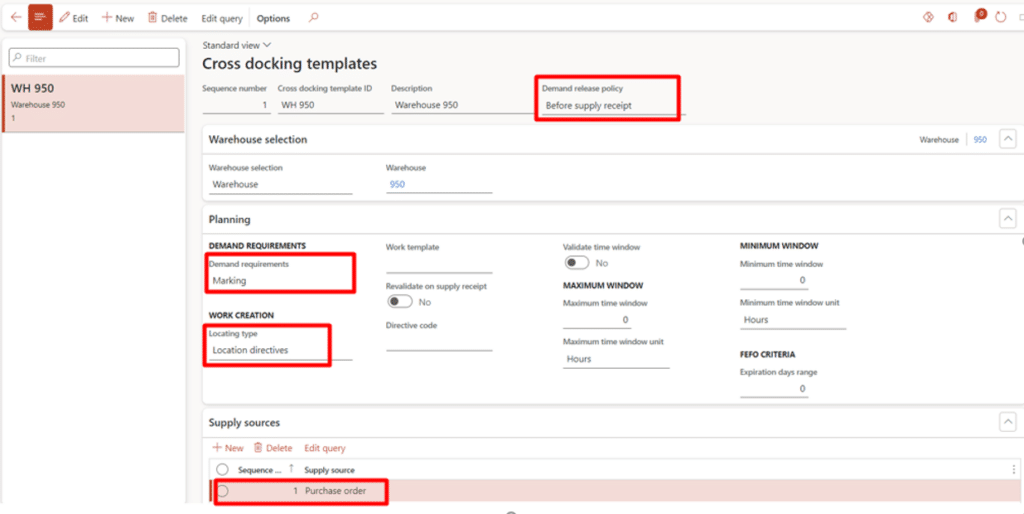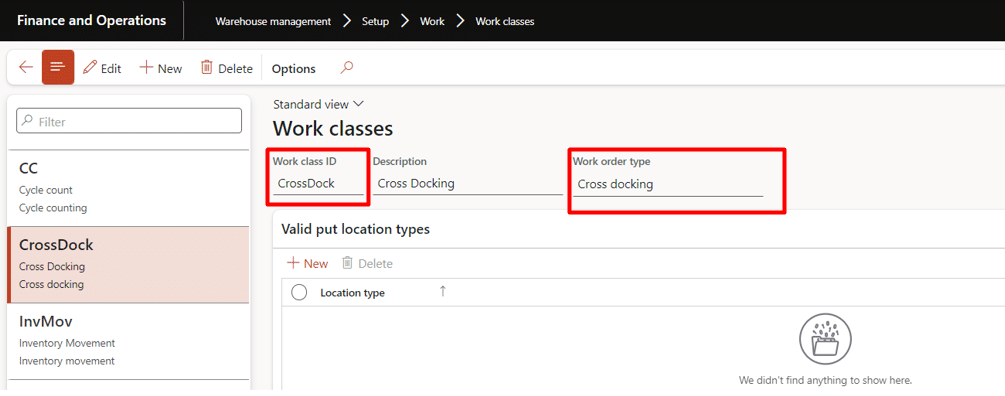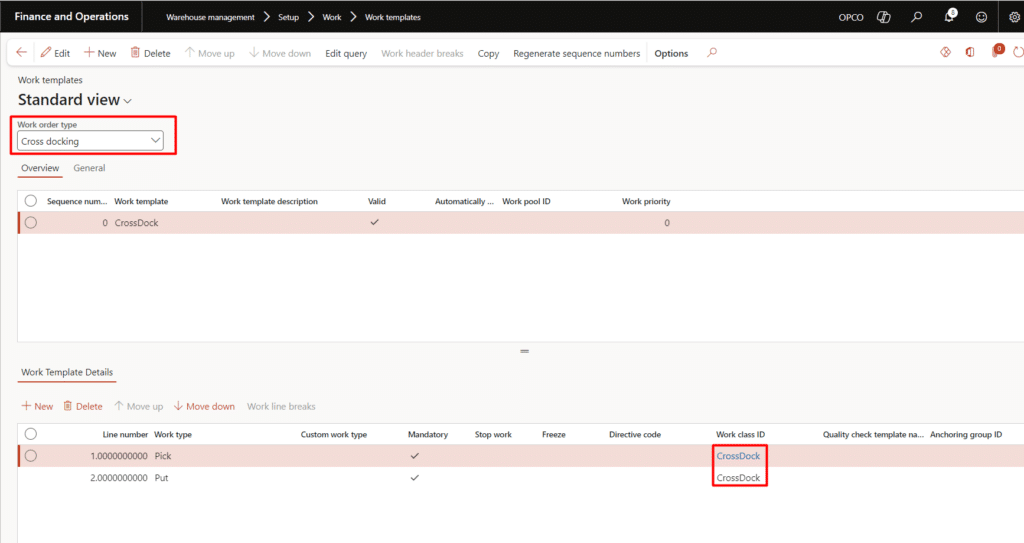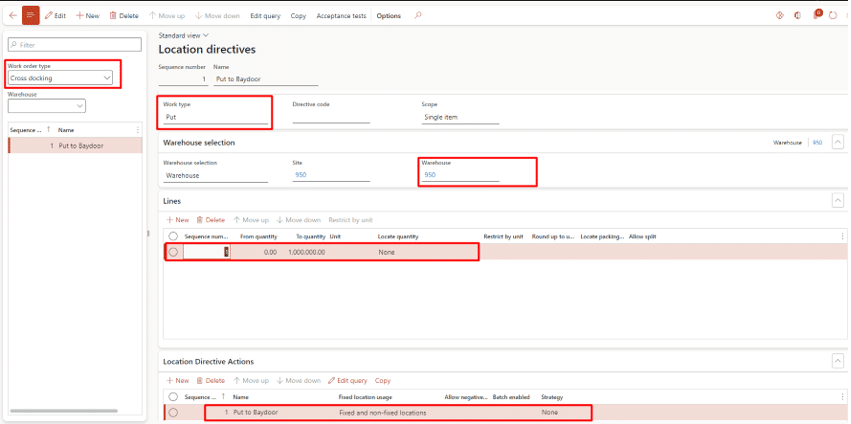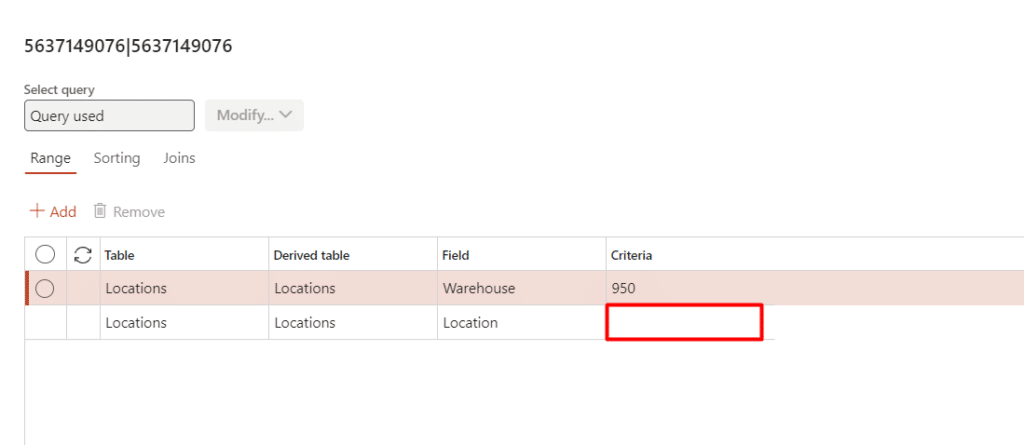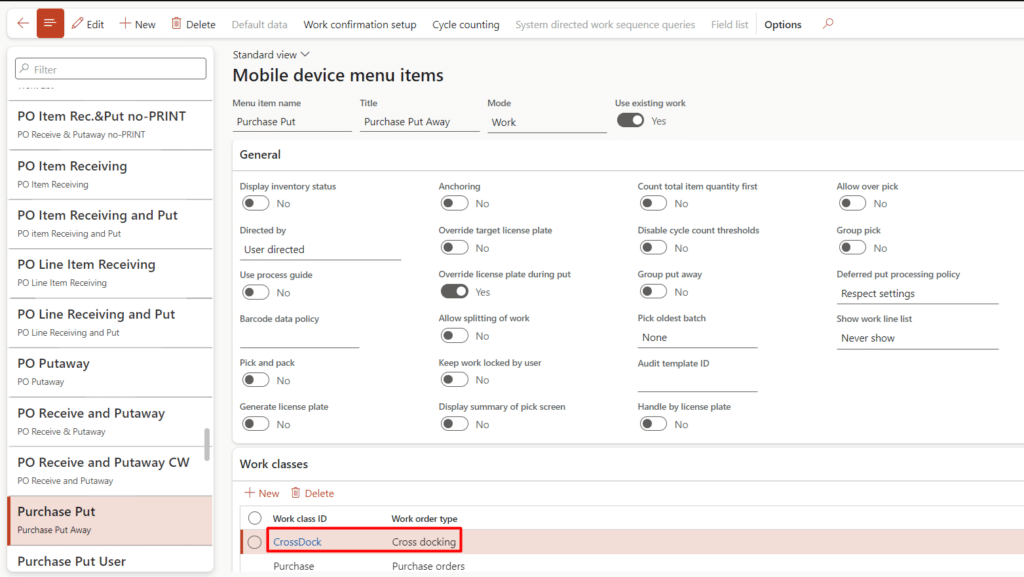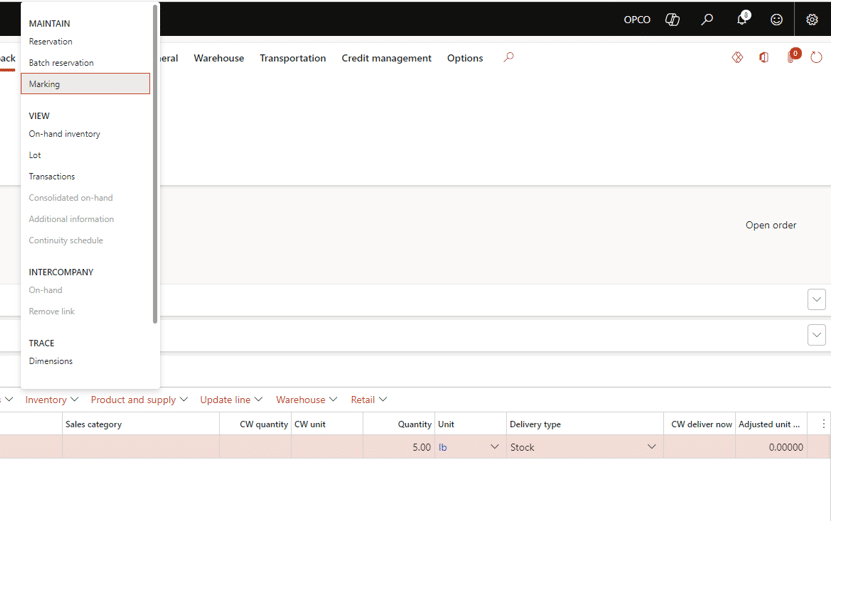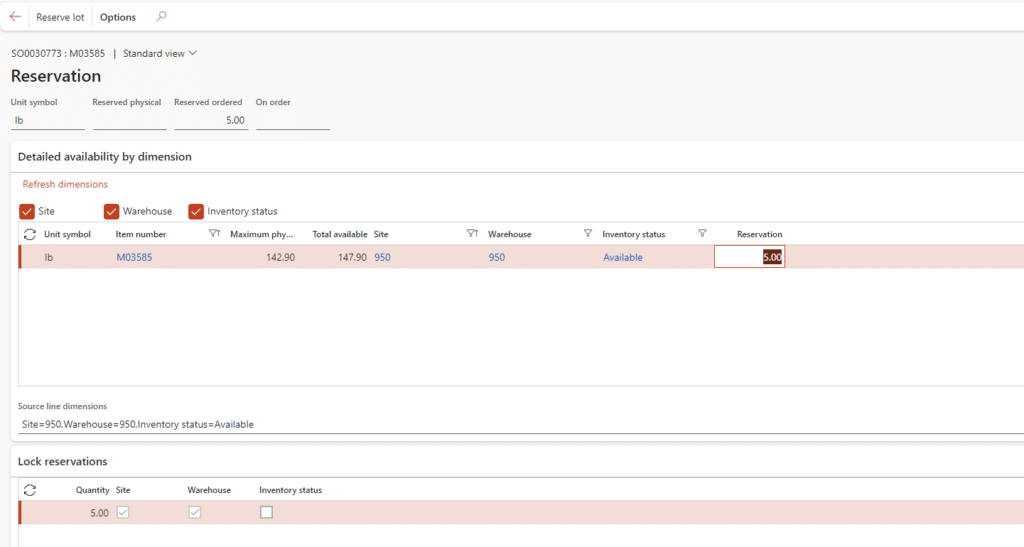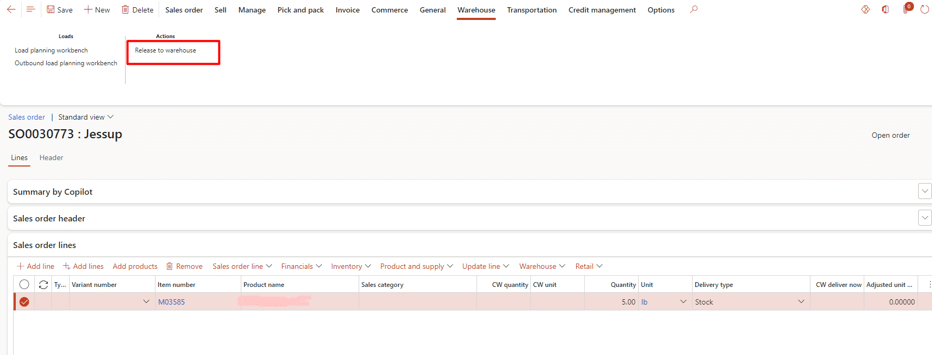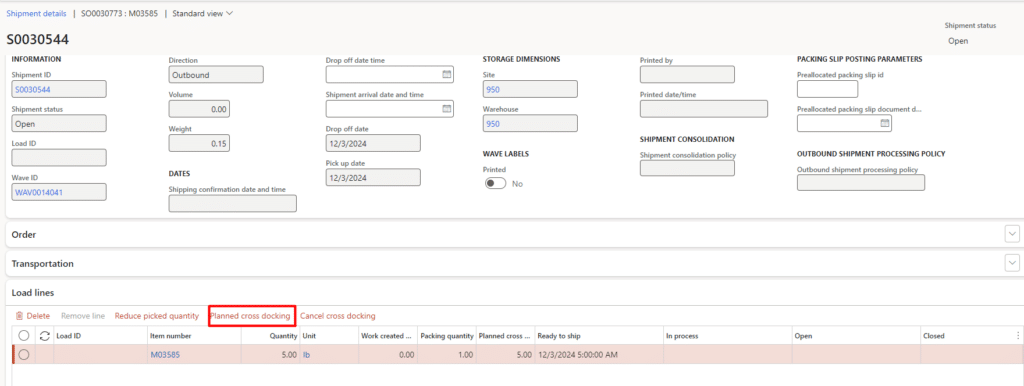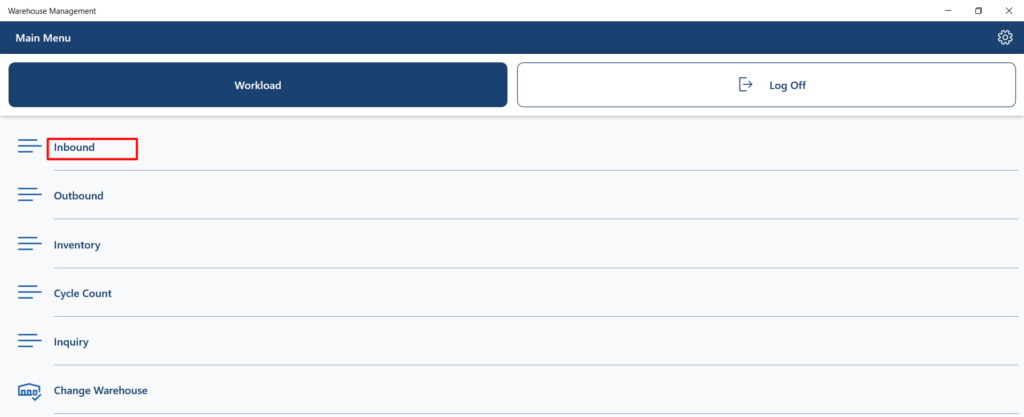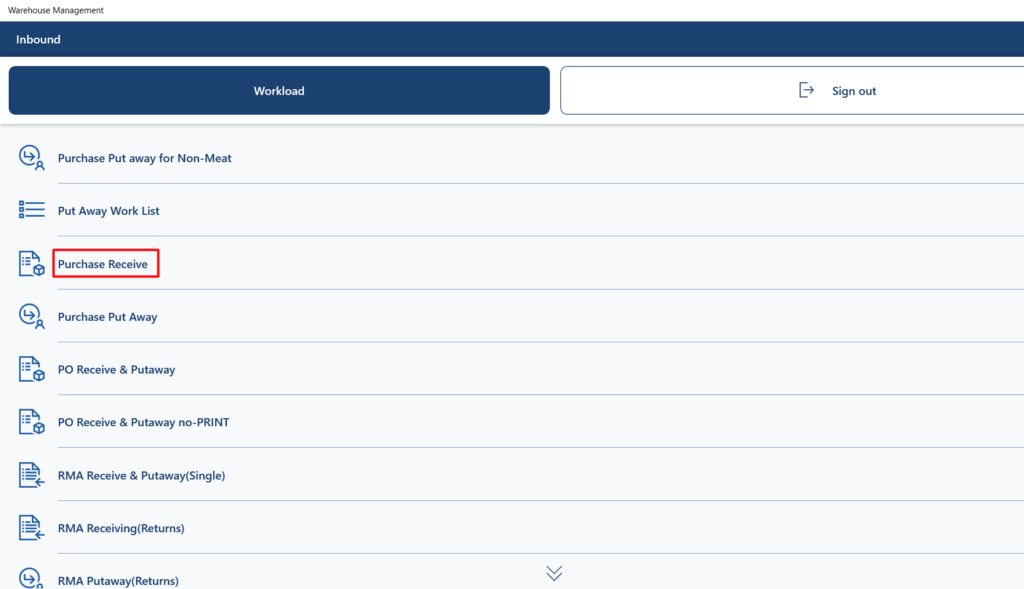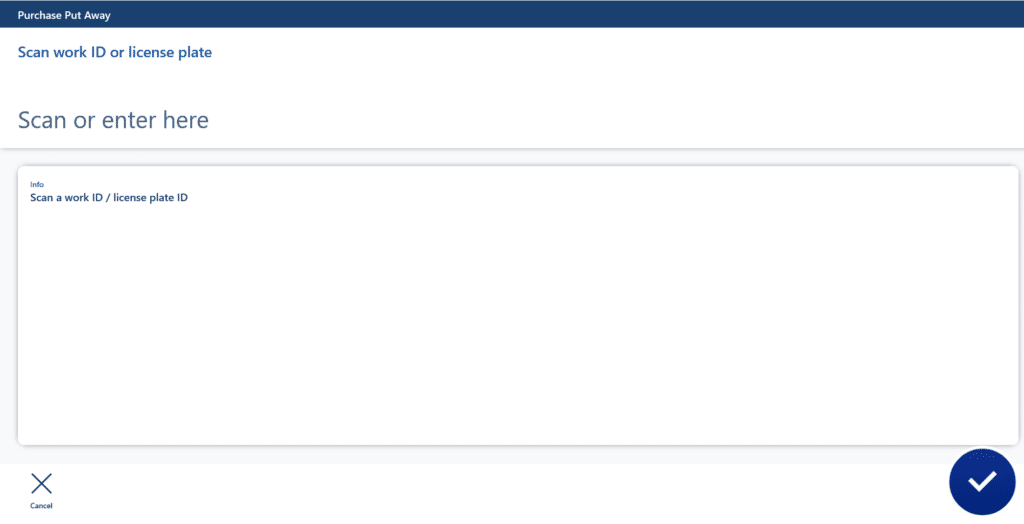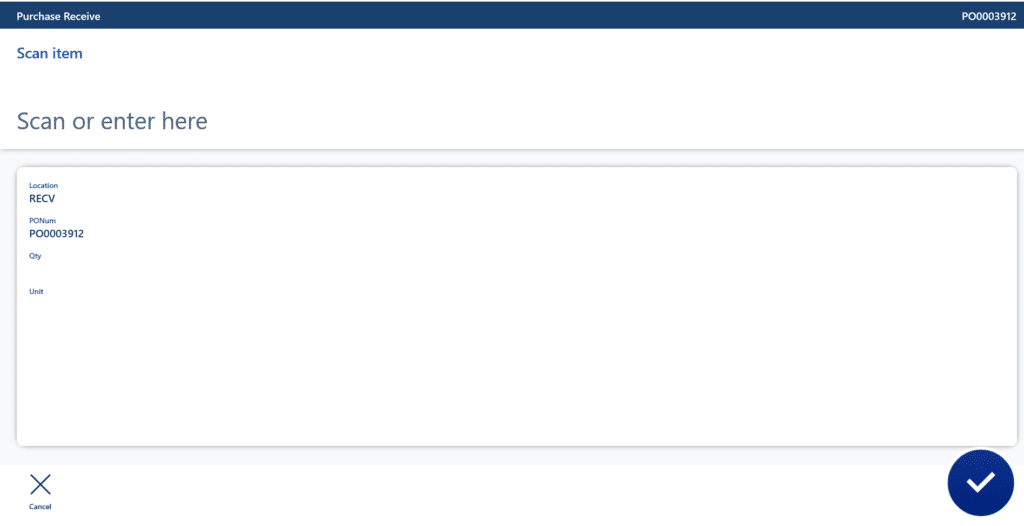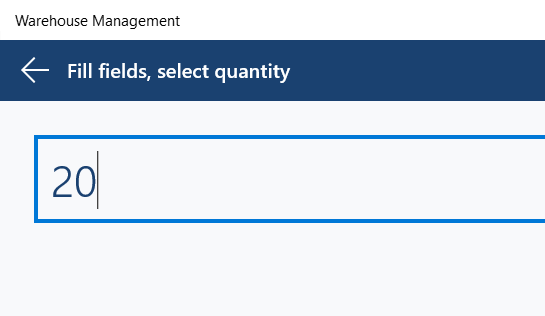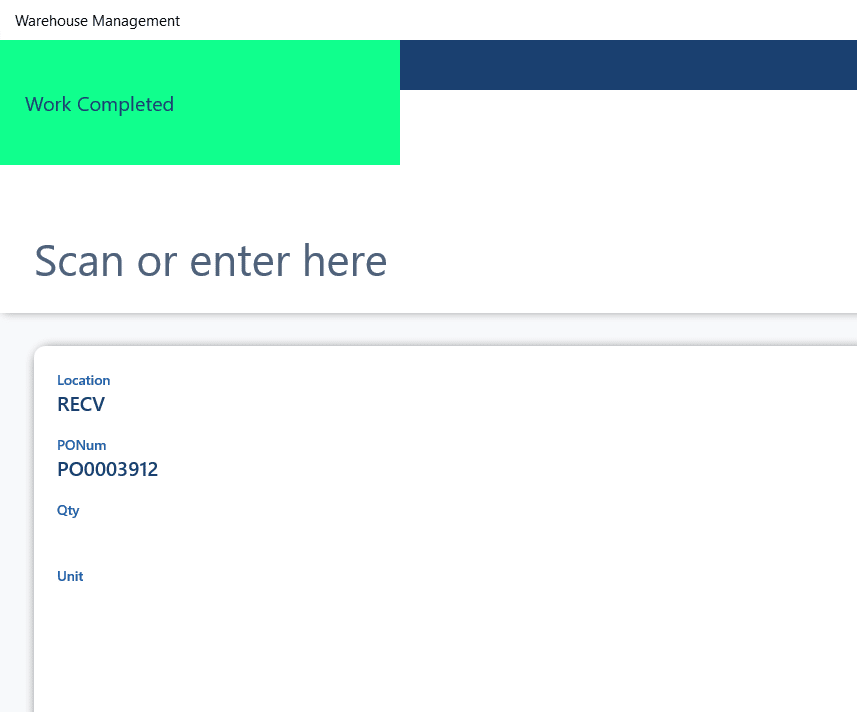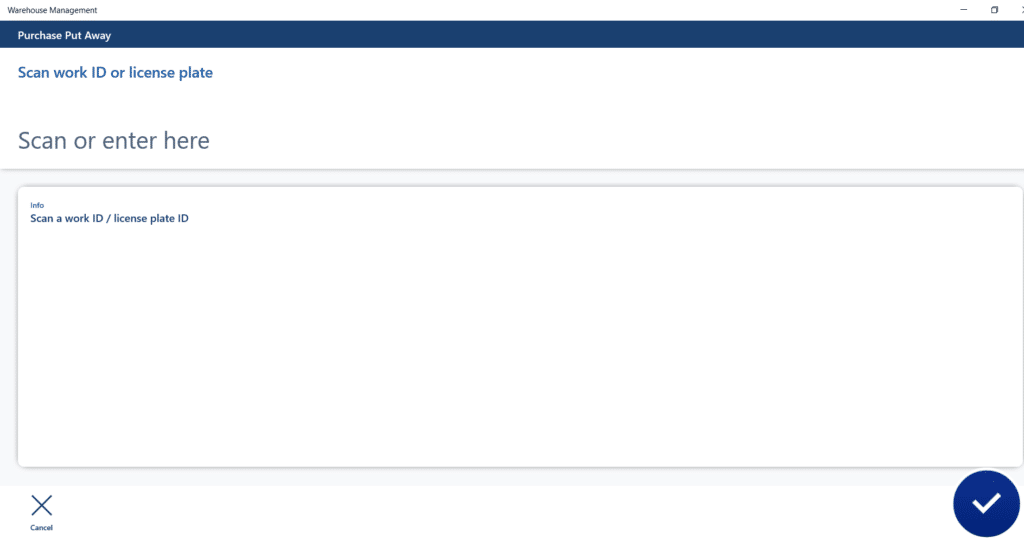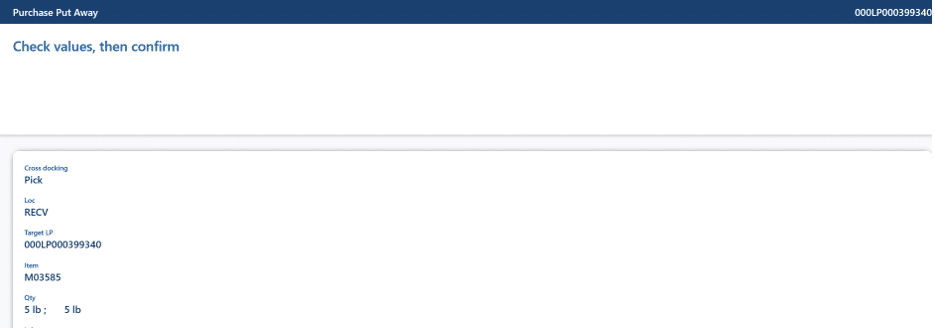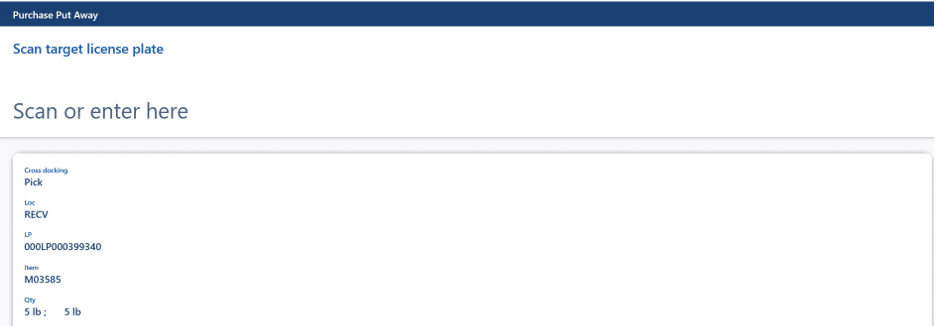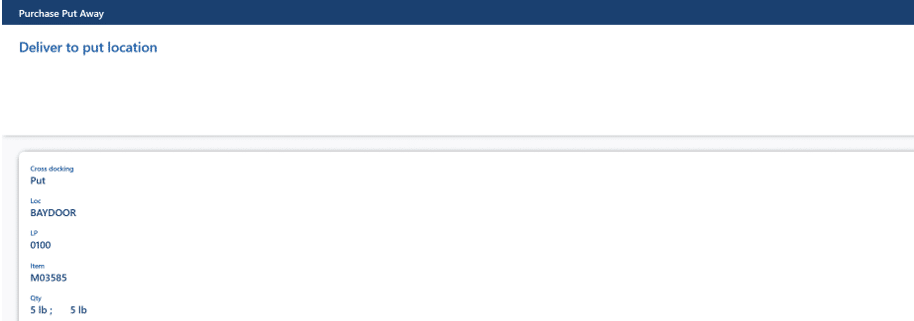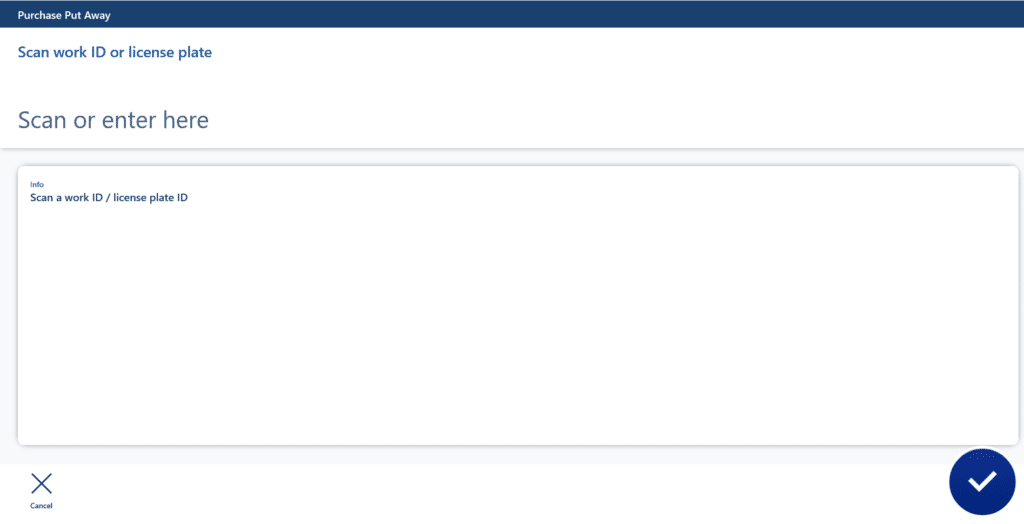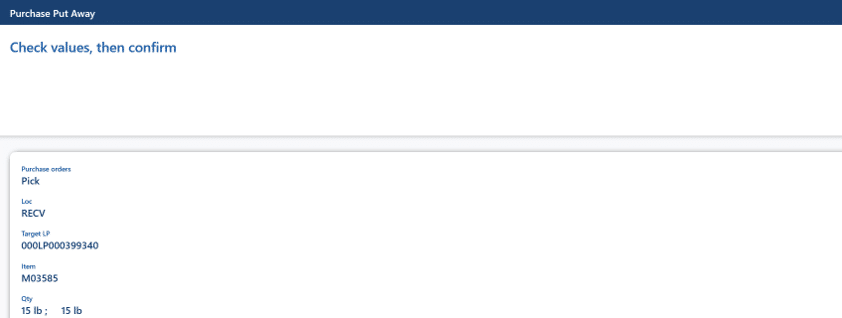Agility and speed are critical in the supply chain industry, especially as customer expectations continue to rise.
The growing pool of customer demands, intense competition, and the need to lower supply chain costs place significant pressure on businesses to deliver products efficiently and swiftly. In such cases, cross-docking can be a game-changer by reducing storage requirements and minimizing handling times during transit.
Let’s learn more about the cross-docking operation, understand how it works and how to leverage this feature in Dynamics 365 Supply Chain Management.
What is cross docking?
Cross-docking is a warehouse process where inventory needed for an order is immediately directed from the point of receipt or creation to the appropriate outbound dock or staging area. Any surplus inventory from the inbound source is routed to its designated storage location using the standard put-away process.
This method aims to minimize handling time, lower inventory storage costs, and accelerate the distribution process.
Benefits of cross-docking: A faster route to fulfillment success
- Minimal storage: Products are usually moved directly from one transportation mode to another without being stored in a warehouse.
- Efficiency: It helps reduce warehousing expenses and decreases the time goods spend in transit or storage.
- Lower inventory: By avoiding prolonged storage, the need for large inventories in warehouses is minimized, reducing costs.
- Speed: The process enables quicker delivery to customers or retail locations.
Getting started with running cross-docking in Dynamics 365 Warehouse Management
If you are using Supply Chain Management version 10.0.28 or earlier, you will need to enable planned cross-docking before utilizing it. To do this, navigate to Feature Management and activate the following features in the specified order:
- Planned Cross-Docking
(In version 10.0.29, this feature becomes mandatory and cannot be disabled.) - Cross-Docking Templates with Location Directives
(In version 10.0.29, this feature is enabled by default. By version 10.0.32, it becomes mandatory and cannot be turned off.)


